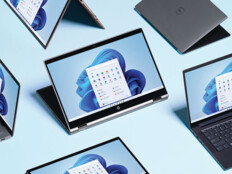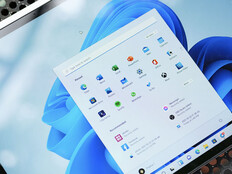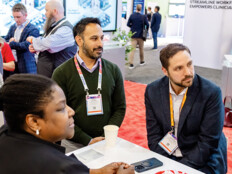How to Conduct a Unique Application Modernization Assessment
It’s critical that healthcare organizations conduct a holistic assessment, one that looks not only at the technology but also at whether the organization has the staffing and resources to maintain certain applications, Peters explains.
SAMA is designed to approach the modernization process by breaking down silos between different elements of an organization, including developers, security teams, network engineers and others.
How does it work? SAMA essentially monitors an organization’s entire application portfolio and then identifies which items are prime for modernization tasks — and it’s all done as an automated process so IT leaders can get a macro-level view into their software updates, fast and affordably.
Peters, the principal developer of SAMA, compares the process to improving a car’s design, an undertaking that requires conversations with specialists in engines, electrical systems, braking systems and so on. SAMA’s approach to application assessment is similar, involving the gathering of knowledge from relevant specialists through built-in security scanning, custom reporting and analytical tools. This speeds the assessment process by preventing the need for separate initial conversations with every team.
“We want to look at the portfolio instead of just one little piece of the puzzle,” Peters says.
The process begins with CDW engineers installing and configuring a virtual machine to run the SAMA tool in an organization’s environment. SAMA then gathers data from the organization’s code repositories, covering more than 40 languages as well as applications on mainframes or in the cloud. All of this work is done on-premises for the organization, never remotely. SAMA then looks for tasks that have been completed around modernization by monitoring changes made in the application portfolio.












